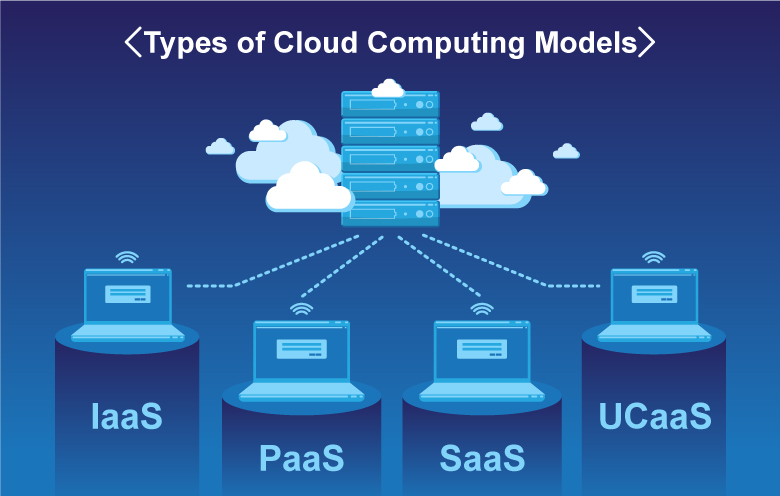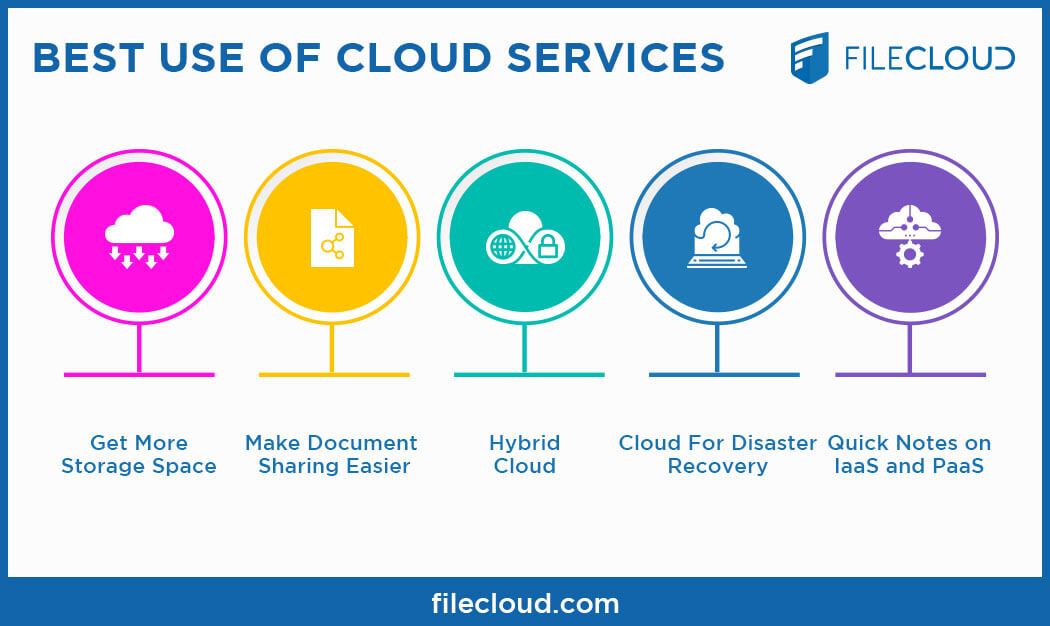LinkDaddy Cloud Services Press Release: Announcing New Quality and Conveniences
Wiki Article
Drive Advancement: Utilizing the Power of Cloud Provider
In the fast-paced landscape of contemporary business, using the power of cloud services has actually come to be an important aspect for organizations aiming to drive innovation and keep an one-upmanship. The capacity to range resources dynamically, adopt cutting-edge technologies seamlessly, and streamline development processes effectively can considerably influence a company's capacity to introduce and adapt. As we check out the elaborate connection in between cloud solutions and development, intriguing understandings on how cloud solutions revolutionize typical company practices and lead the means for groundbreaking improvements will be exposed.Benefits of Cloud Services
Cloud solutions use various benefits to companies and people seeking versatile and reliable options for their digital requirements. Among the essential benefits of utilizing cloud solutions is the cost-effectiveness they offer. By relocating to the cloud, organizations can get rid of the need for costly on-premises equipment and maintenance expenses, rather selecting a pay-as-you-go design that straightens with usage. This scalability enables organizations to change sources based on demand, causing optimum cost administration.Additionally, cloud solutions boost ease of access and collaboration amongst teams. With information saved in the cloud, employees can securely access files and applications from anywhere with an internet link, promoting remote work capabilities and improving efficiency. Real-time partnership attributes make it possible for multiple users to work on documents at the same time, cultivating smooth synergy despite physical area.
One more benefit of cloud services is the enhanced data safety and catastrophe recovery they provide. Cloud carriers apply innovative safety measures to safeguard information from cyber threats, guaranteeing compliance with market laws. Furthermore, automatic backups and recuperation options reduce the risk of data loss as a result of unanticipated events, providing assurance to customers.
Cloud Migration Methods
Transitioning to shadow services involves careful preparation and tactical execution to ensure a reliable and smooth movement procedure. There are several cloud movement strategies that companies can think about when moving their procedures to the cloud. The 'Replatform' method includes making some cloud optimizations during movement, such as upgrading the application architecture to take benefit of cloud-native features.Enhancing Collaboration in the Cloud
Enhancing group collaboration with cloud-based devices can significantly boost performance and enhance interaction within companies. By leveraging cloud solutions, groups can work with each other flawlessly no matter of their physical locations, making it possible for real-time cooperation on jobs.
Safety And Security Considerations for Cloud Adoption
How can companies guarantee the durable safety and security of their information when adopting cloud solutions? Safety factors to consider are vital in the adoption of cloud solutions. To protect information, companies must initially conduct a thorough threat assessment to determine possible vulnerabilities and dangers. Executing solid encryption approaches for information both en route and at remainder is essential. Accessibility control mechanisms must be implemented to restrict unapproved entry, and multi-factor authentication can include an added layer of safety and security. Regular security audits and tracking of the cloud setting aid in finding and mitigating any safety and security breaches immediately.
Cloud-Native Advancement Practices
In the realm of cloud computing, welcoming cloud-native advancement practices is vital for companies striving to enhance their electronic facilities and boost operational effectiveness. Cloud-native technology practices include establishing applications especially for cloud environments, leveraging the scalability, versatility, and dexterity that cloud solutions offer. By developing applications with cloud-native principles in mind, such as microservices style, containerization, and orchestration, organizations can improve their advancement procedures, boost resource use, and react more efficiently to altering market needs.In addition, cloud-native technology methods advertise continual integration and continuous distribution (CI/CD) pipelines, enabling automated testing, release, and monitoring of applications. This repetitive method Learn More fosters faster advancement cycles and improves total software application high quality. In addition, making use of serverless computing and managed services allows organizations to concentrate on developing core service capabilities while unloading framework monitoring jobs to shadow provider.
In essence, accepting cloud-native development methods empowers companies to drive technology, increase time-to-market, and remain affordable in today's rapidly developing digital landscape.
useful site
Conclusion

As we discover the complex relationship between cloud services and advancement, intriguing understandings on how cloud remedies reinvent standard service practices and pave the means for groundbreaking improvements will be disclosed. - cloud services press release
There are several cloud migration approaches that organizations can think about when relocating their operations to the cloud. Cloud-native advancement practices include establishing applications specifically for cloud environments, leveraging the scalability, versatility, and dexterity that cloud services provide. In addition, the usage of serverless computing and handled services permits companies to concentrate on developing core company capabilities while unloading framework management tasks to shadow solution carriers.
It is vital for business to consider cloud migration techniques, improve partnership in the cloud, and focus on protection actions to ensure effective fostering of cloud solutions and drive innovation within their organization.
Report this wiki page